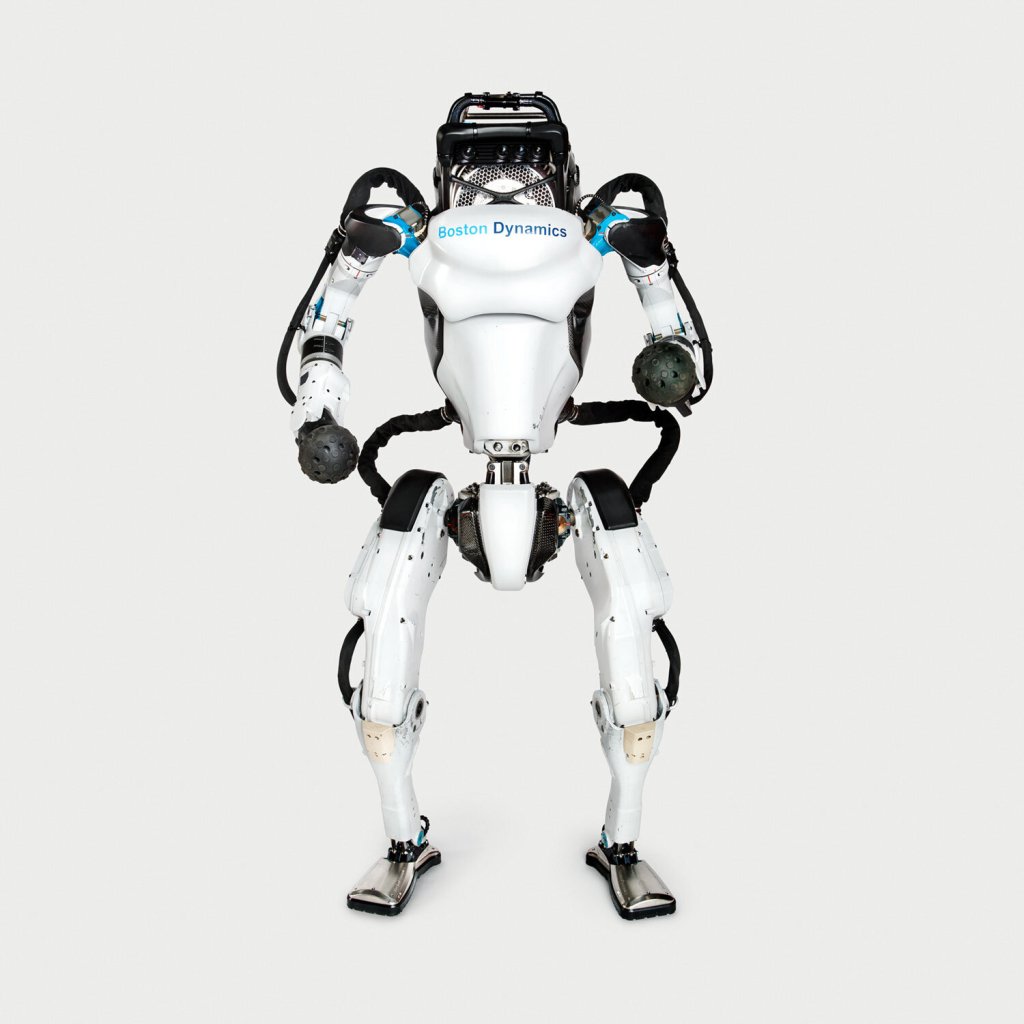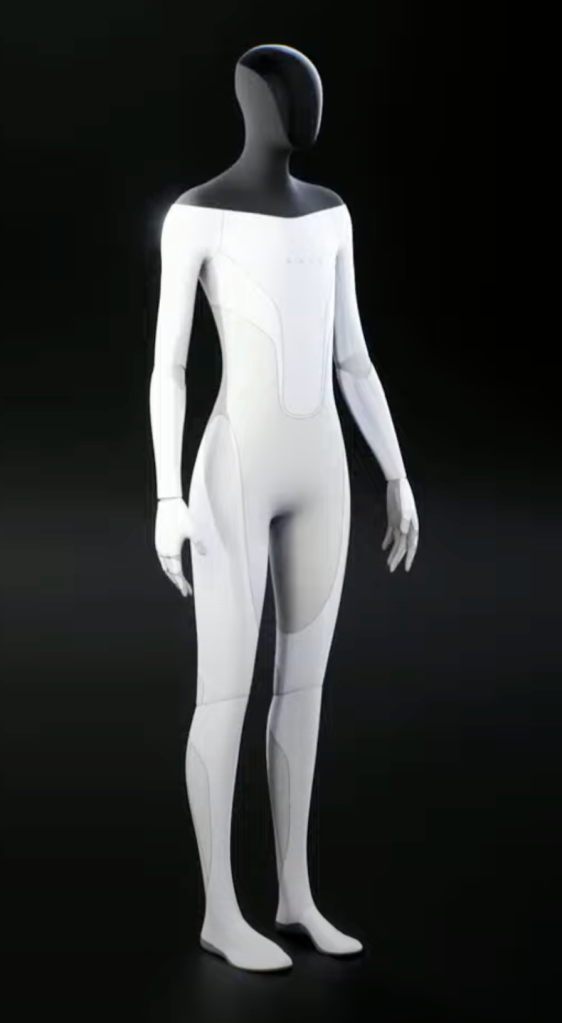
At Tesla’s AI day yesterday, they shared a first look at a new Humanoid Tesla robot. Currently, in Boca Chica, Texas, they make use of two Boston Dynamics Spot robots to augment their work while developing Starship. This raises the question: could this new Tesla robot take the place of Spot down in Starbase?
Tesla’s long-awaited AI day has finally come to pass. With it, came the unveiling of their Dojo supercomputer used to train artificial intelligence. Perhaps one of the more controversial, and certainly one of the most talked-about moments was the first look at the future Tesla robot. Dubbed “Optimus” (Short for Optimus Sub-prime), Tesla’s humanoid robot certainly caused some buzz on social media; but beyond the dancer in a suit and some fancy renders, what is the Tesla robot?
Tesla’s new robot ‘Optimus’
To be clear, this robot is still years away. Even Elon, who is known for his optimistic timelines, hopes to have a prototype “sometime next year.” Once Tesla has a prototype, it will take some time to become a truly finished product. Nonetheless, here are the planned specs of their new robot.
- Height: 5’8″
- Weight: 125 lbs
- Speed: 5 mph
- Carry capacity: 45 lbs
- Deadlift: 150 lbs
- Arm extend lift: 10 lbs
The robot will make use of the same FSD(full self-driving) computer in Tesla cars and make use of much of the same artificial intelligence as the cars. It relies on training from their Dojo supercomputer and uses Autopilot cameras in the robot’s head. The FSD computer (according to the render) takes up the majority of the robot’s slim torso.

It will make use of 40 actuators: 36 of which are within the legs, arms, and hands. Elon stressed that the robot, while intended to be friendly, is set, “at a mechanical level, a physical level, that you can run away from it. And, most likely, overpower it.” While this may sway some fears of an Orwellian future, it will take some time for this robot to become anything real or of concern.
Beyond the static figure and costume, the robot is clearly very early in development. In the presentation slides, there was no reference to the power solution in the robot, or battery layout. Tesla invited applicants to join the team to help develop it. Looking at other bipedal robots, Tesla’s certainly has the most human-like appearance.

Boston Dynamics Atlas Robot 
Tesla Bot render
Development of the robot will no doubt be challenging. In the behind the scenes for Boston Dynamics’ most recent parkour video the Atlas is seen falling over many times. Boston Dynamics has spent many years specifically focused on these robots while this space is newer for Tesla. While the robots may be able to handle those falls, in order to eliminate “dangerous, repetitive, and boring tasks” effectively, the Tesla’s robot will need to operate without falling over (especially while carrying almost 50 lbs).
SpaceX’s existing Spot robots
Down in Boca Chica, Texas SpaceX is building out a new spaceport as they develop their next rocket, Starship. They are working towards an orbital flight this year, but as they develop this new rocket they make use of Robotics where they see fit. SpaceX has two Boston Dynamics Spot robots. Specifically, they (now) have the Enterprise version of Spot.

These robots, named Zeus and Apollo, have camera systems and remote control capabilities that allow them to be used in scenarios where it would be unsafe for humans to be present. They offer a mobile platform for additional payloads, 360-degree views, and a thermal camera. The robots can stay stationed and fully charged with a self-charging dock, then run autonomous missions as needed.
For SpaceX, they can go into wreckage or approach rockets when a human cannot. Among possible additional payloads include a device to sniff for gasses. As SpaceX has them kitted out, each of the robots costs in excess of $100k, but they have to potential to save both time and money in addition to providing additional safety.
Could Tesla’s robot take over this role?
There are a lot of unanswered questions as of yet, from the cost, additional sensors, battery life, and expandability to name a few. Once Tesla’s robot is developed into a fully-fledged product, it could certainly be used to augment and improve safety at SpaceX launch sites. One of the main limitations to this capability, as I see it, is the lack of scalability of the robot as a platform.
With the Spot robot, you have a nice flat surface to build off of, four legs for stability, and the ability to integrate electronic payloads easily. The platform can be modified to fit the user’s needs.
With its arms and human shape, Tesla’s robot is made to work with the human world as it is. As a robot, its purpose is very general. Speach controls to get chores done are great, but unless end users can add additional features and sensors to fit their needs, the use case of Tesla’s robot could be somewhat limited.
If Tesla does open up the robot capabilities for add-ons, how would these payloads affect the balance, and where would they even be placed on the robot, some sort of backpack? So many questions remain to be answered about Tesla’s robot, but I look forward to seeing a completed product finding its place in the industry.
Related
Want to help support Space Explored?
Follow Derek on Twitter or Instagram.
Shop on Amazon or directly support Derek by becoming a member of their Patreon.
Enjoy reading Space Explored?
Help others find us by following on Apple News and Google News. Be sure to check us out on YouTube, Twitter, Facebook, and Instagram, join our Discord!
FTC: We use income earning auto affiliate links. More.




Comments